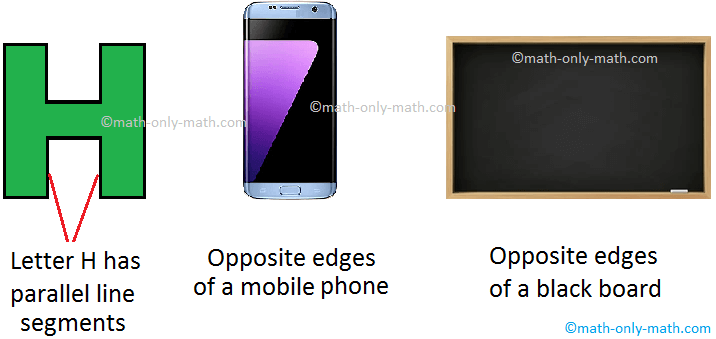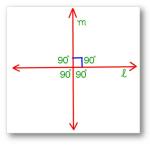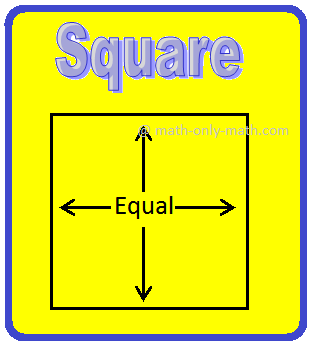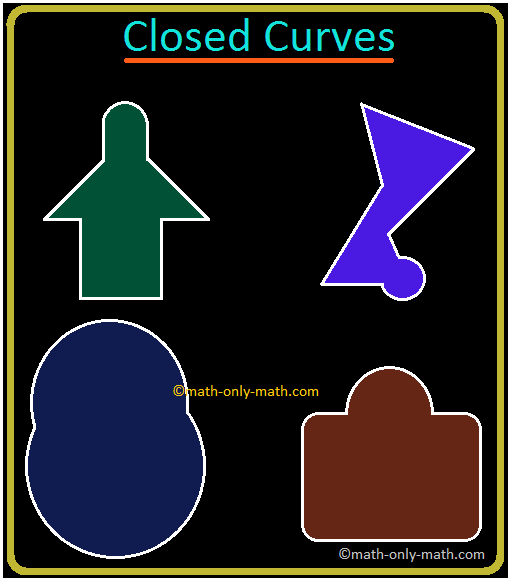Experimental Probability
At first we will know the precise meaning of the term ‘experiment’ and the proper context in which it will be used in our experimental probability.
Definition of experiment: A process which can produce some well-defined results (outcomes) is called an experiment.
Some Experiments and their outcomes:
I. Tossing a coin:
Suppose we toss a coin and let it fall flat on the ground. Its upper face will show either Head (H) or Tail (T).
1. Whatever comes up, is called an outcome.
2. All possible outcomes are Head (H) and Tail (T).
II. Throwing a dice:
A dice is a solid cube having 6 faces, marked as 1, 2, 3, 4, 5, 6 respectively.
Suppose we throw a dice and let it fall flat on the ground. Its upper face will
show one of the numbers 1, 2, 3, 4, 5, 6.
- Whatever comes up, is called an outcome.
- All possible outcomes are 1, 2, 3, 4, 5, 6.
The act of
tossing a coin or throwing a dice is called an experiment.
Whatever comes up, is called an outcome.
In an experiment, all possible outcomes are known.
The plural of die is dice.
III. Drawing a card from a well-shuffled deck of 52 cards:
A deck of playing cards has in all 52 cards.
1. It has 13 cards each of four suits, namely spades, clubs, hearts and diamonds.
- Cards of spades and clubs are black cards.
- Cards of hearts and diamonds are red cards.
2. Kings, queens and jacks (or knaves) are known as face cards. Thus, there are 12 face cards in all.
Definition of Experimental Probability: The experimental probability of happening of an event is the ratio of the number of trials in which the event happened to the total number of trials.
The experimental probability of the occurrence of an event E is defined as:
Number of trials in which event happenedP(E) = Total number of trials
Solved examples on Experimental Probability:
1. Suppose we toss a coin 100 times and get a head 58 times. Now, we toss a coin at random. What is the probability of getting a head?
Solution:
Total number of trials = 100.
Number of times head appeared = 58.
Probability of getting a head = Total number of trials
= 58/100
= 29/50
2. A coin is tossed 150 times and head is obtained 71 times. Now, if a coin is tossed at random, what is the probability of getting a tail?
Solution:
Total number of trials = 150.
Number of times head appeared = 71.
Number of times tail appeared = (150 - 71) = 79.
Probability of getting a tail = Total number of trials
= 79/150
Probability
Probability of Tossing Two Coins
Probability of Tossing Three Coins
Probability for Rolling Two Dice
Probability for Rolling Three Dice
From Experimental Probability to HOME PAGE
Didn't find what you were looking for? Or want to know more information about Math Only Math. Use this Google Search to find what you need.
Recent Articles
-
What are Parallel Lines in Geometry? | Two Parallel Lines | Examples
Apr 19, 24 04:39 PM
In parallel lines when two lines do not intersect each other at any point even if they are extended to infinity. What are parallel lines in geometry? Two lines which do not intersect each other -
Perpendicular Lines | What are Perpendicular Lines in Geometry?|Symbol
Apr 19, 24 04:01 PM
In perpendicular lines when two intersecting lines a and b are said to be perpendicular to each other if one of the angles formed by them is a right angle. In other words, Set Square Set Square If two… -
Fundamental Geometrical Concepts | Point | Line | Properties of Lines
Apr 19, 24 01:50 PM
The fundamental geometrical concepts depend on three basic concepts — point, line and plane. The terms cannot be precisely defined. However, the meanings of these terms are explained through examples. -
What is a Polygon? | Simple Closed Curve | Triangle | Quadrilateral
Apr 19, 24 01:22 PM
What is a polygon? A simple closed curve made of three or more line-segments is called a polygon. A polygon has at least three line-segments. -
Simple Closed Curves | Types of Closed Curves | Collection of Curves
Apr 18, 24 01:36 AM
In simple closed curves the shapes are closed by line-segments or by a curved line. Triangle, quadrilateral, circle, etc., are examples of closed curves.





